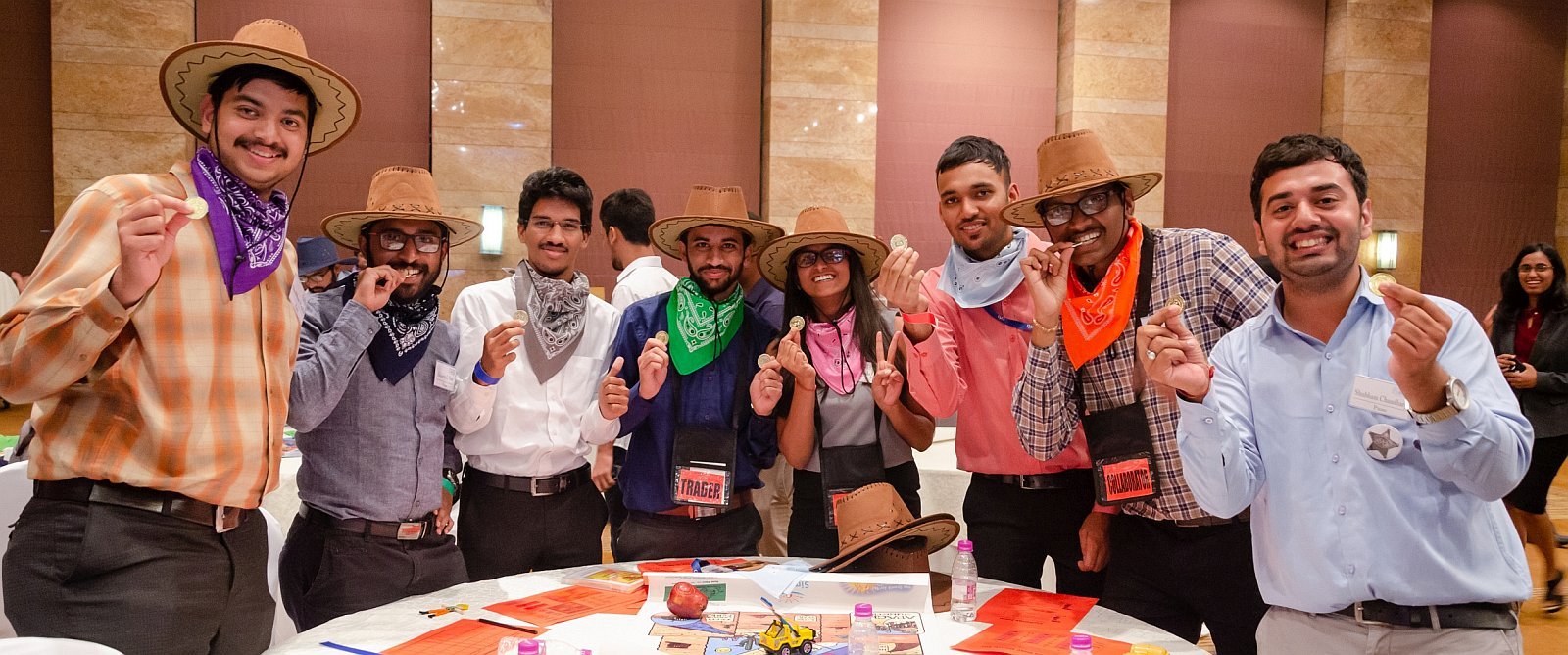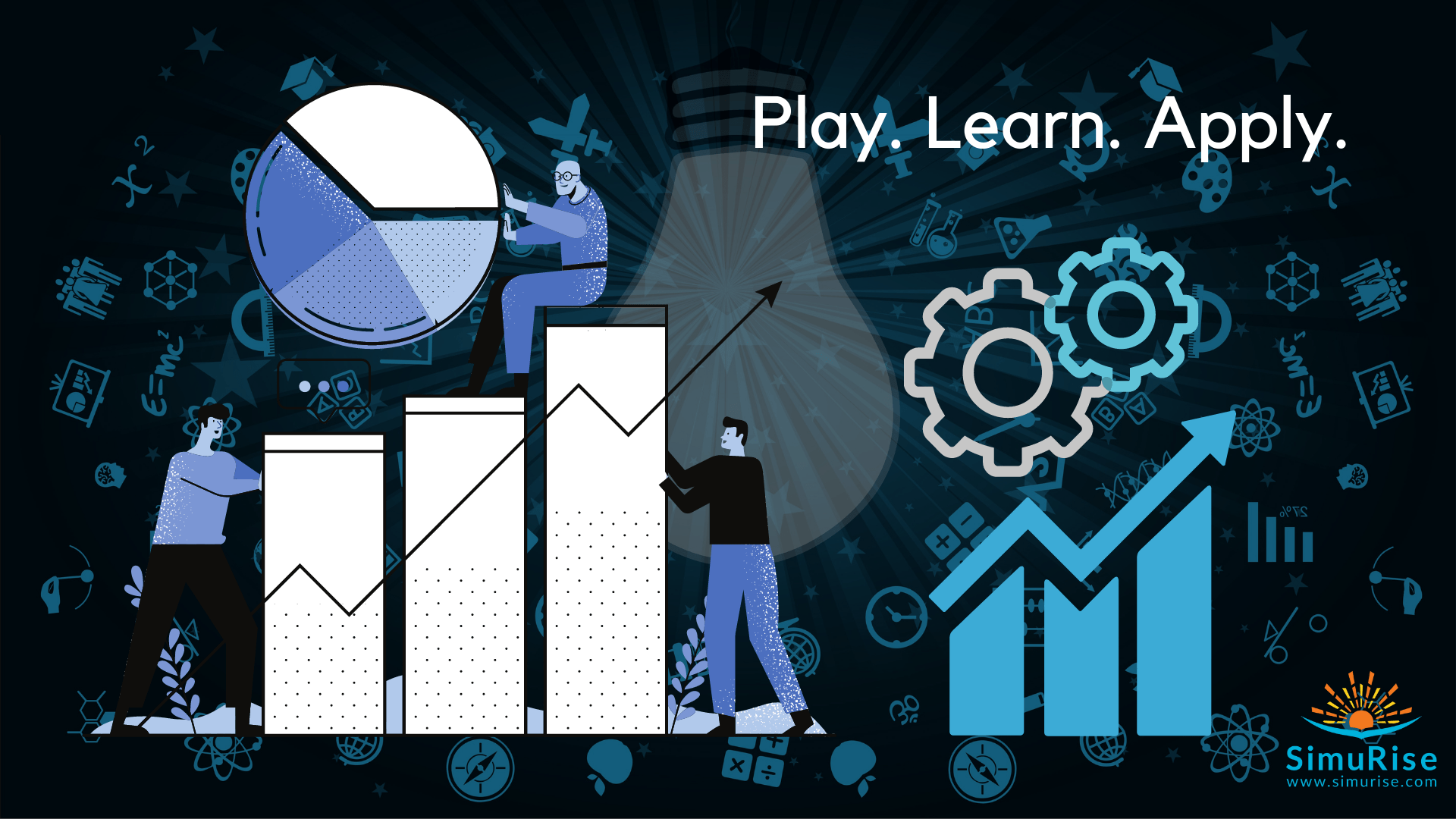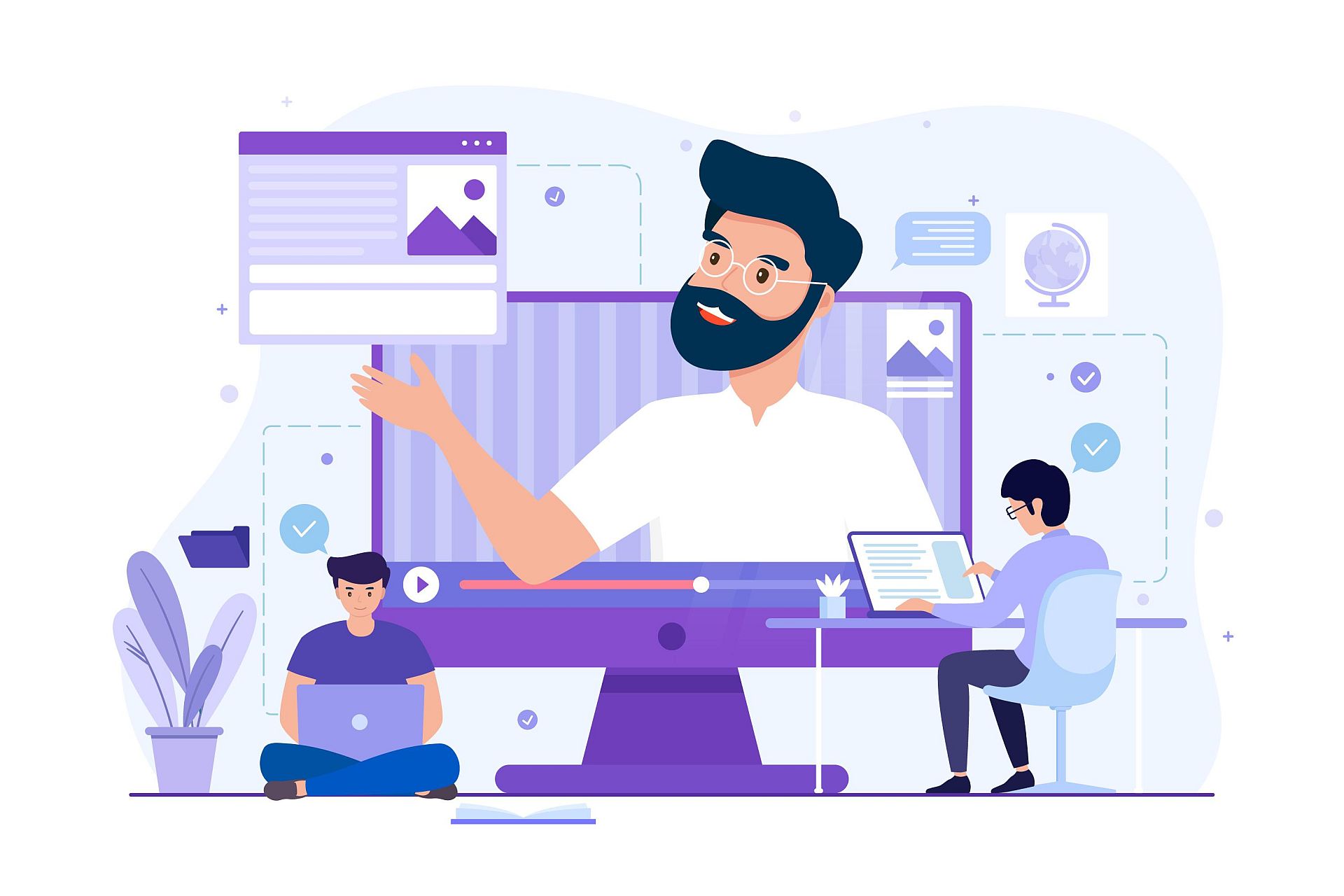[cherry_row]
[cherry_col size_md=”12″]
“Some of us think holding on makes us strong; but sometimes it is letting go.”
– Hermann Hesse
“What are your strengths and weaknesses?”
Remember being asked this question during job interviews? Mostly, to answer this, individuals would make internal assessments and find some strengths and weaknesses that describe their own abilities. It would all start with “I” and end with ‘‘I’. Wish there were some to focus on the power of “Us”.
In this fast-paced world, people are restricted to themselves. We are all —always —busy and overburdened, when most of the times we are not required to be. One of the reports states that Indians are under stress at an alarming rate of 80%. Why?
There are several reasons to stress us out. One being the madness of technology and the digital world. We all are running aimlessly in this world of digitization without thinking where to stop. A new technology gets introduced, and we want to learn all we can and how to use it. Technology saves human efforts, but now isn’t it adding to human’s laziness? Our fixation to technology, smartphones, even robots maybe one of the reasons that add to our stress.
When overburdened with work, all one needs to do is look around and ask for help. To effectively leverage our strengths at work, we first need to understand what our strengths truly are. Are our strengths just confined to ourselves? Or can people and resources who collaborate with us become our strength as well? Technology does sometimes make us ignore this very important aspect: our colleagues, our group, our team, our organization!
Here is a story that beautifully illustrates the power of leveraging true strengths:
A father and young boy were walking along a pathway, when they came across a large tree trunk that had fallen across the way. The father encouraged the boy to go move the tree, to which the son replied he wasn’t strong enough.
“Yes! You are,” said the dad. “If you use all your strength, I know you can do it.” So, the boy summoned all he had, and, against the mighty forces of nature, he tried. And tried. And tried again. Finally, hanging his head, he went back to admit to his father that he just couldn’t do it.
“Did you use all your strength?” The man asked. The boy nodded he had. “No, actually son, no you didn’t,” the father said. And as the boy looked up, puzzled, the Dad bent down and said …
“You didn’t use me.”
What’s the point in burning out when we can burn bright? Resources are available, we just need to look for it around us and plan our work in a manner that all our strengths are at play.
Here are a few tips for leveraging true strengths to their maximum potential:
Pause, think and reflect:
The first step towards shifting this focus is to identify our own strengths. Anthony Stephan, a principal with Deloitte Consulting LLP, says that it can be as simple as asking yourself what gives us the most energy. If we complete a project that requires major revisions or extra work, it may not be an area where we can excel. Conversely, we might have great success in sales, but after a deal closes, all we can envision is never having to make another. Use self-reflection to pinpoint the activities that both energize you and where you have been successful to find your true workplace strengths.
Research and plan:
Before we get into something, research, get as much information as possible, think through the entire nine yards. Ask yourself, what, when, where, who, why, how, what if questions related to the work/project at hand, what will work and what will not work? Visualize the outcomes, benefits.
Focus more on leveraging true strengths than weaknesses:
It’s a myth that people need to focus most of their efforts on improving their weaknesses to become better at their job. The reverse is true. A global study by the Corporate Leadership Council of almost 20,000 people across multiple organizations and industries found that when people were encouraged to focus on their strengths, their performance went up a massive 36%. When they focused on weaknesses, performance dropped by 27% (CLC, 2002).

Make use of resources and ask for help:
Having conducted our business simulations for 100’s of organizations, what we have found is that individuals sub-optimize their results, as they stop taking advantage of the obvious and do not ask for help. Most of us want to do it all by themselves, don’t leverage information/analytics available to them, do not collaborate, nor do they share resources with other people. This won’t help. As an organization we all share common goals, have access to the best that the organization has to offer. It is just a matter of using these resources and asking for help where it is most required.
“It takes a village to raise a child” is an African proverb which means that it takes an entire community of different people interacting with children in order for a child to experience and grow in a safe environment. Can we leverage this thought with regards to an organization? Working together can surely find combined strength, a feeling of community and relief from the pressure we sometimes unduly balance on our shoulders.
In conclusion, stop juggling an unmanageable number of tasks alone. Step back, look around for possible solutions to balance the load. Make use of data, your boss, your colleagues, peers etc. Seek strength not just in ourselves but our people, our families and friends not just at and for work but otherwise as well. Active collaboration and participation in each other’s success and failures builds strength and a foundation for facing future challenges and forging victories.
Want to know how your teams are leveraging true strengths? Whether they can achieve goals for the organization or are they running around like a headless chicken? SimuRise Learning believes that the power of Business Simulations can help teams leverage their true strengths at work. Our Business Simulation, The Search for the Lost Dutchman’s Gold Mine helps teams realize how they can employ their potential to perform to get things done faster, with less effort, and with better results. It also helps agile thinking and helps teams respond to changing business conditions. Here is a video of the Dutchman that showcases its effectiveness in the areas of Strategy, Implementation, Risk taking, Decision making, Trust on leadership and Collaboration.
If you want to encourage better organizational alignment, employee engagement and motivate teams to deliver their best, connect with us at solomons@simurise.com.
[/cherry_col]
[/cherry_row]




